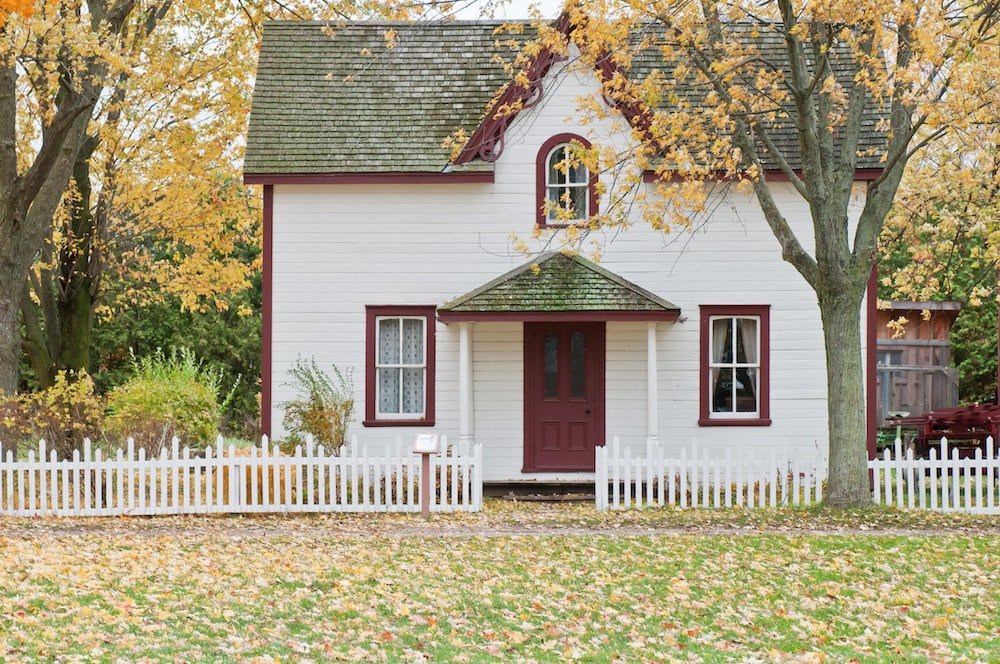
There are four practical ways to get rid of PMI (private mortgage insurance), and each path has slightly different requirements. But they all have the same main benefit: to get rid of PMI payments for good. For most homeowners, getting rid of PMI results in a lower mortgage payment which is always good news. That extra cash can help with monthly expenses, add to your savings, or build wealth through investing.
First things first, to get rid of PMI, most homeowners will need to cross two thresholds: own your home for at least two years and have at least 80% equity in your home. Government-backed mortgages and private lenders have slightly different rules when it comes to mortgage insurance requirements though. Talking with a mortgage advisor can offer a clear-cut understanding of your best options based on your current mortgage and eligibility.
When is Private Mortgage Insurance a Good Thing?
Private mortgage insurance (PMI) is designed to protect the lender, not the borrower. So, at first glance it can feel like an undue cost and a burden to new homeowners. After all, PMI increases your mortgage payment without going toward any principal. Homebuyers can typically expect to pay between $30-$70 per month for every $100k borrowed on a mortgage.
But PMI often benefits homebuyers by providing a faster path to homeownership, especially for first-time homebuyers. The fact is, PMI is a common requirement for most homeowners who purchase a home with less than 20% down.
Getting approved for a 3% down payment mortgage might require PMI, but a mortgage provides financial stability with a predictable monthly payment. As a new homeowner, you can stop renting and start building home equity right away.
BEST 4 WAYS TO GET RID OF PMI
1. Pay down your mortgage until you hit 78% equity.
For conventional home loans which aren’t government-backed, PMI often falls off automatically once your loan-to-value ratio drops below 78%. This is a default path which measures your original home loan against your original home appraisal.
However, you can pay down your mortgage faster if you want to reach that threshold sooner. Just remember to designate your extra payments toward principal and not as a general payment (which could be applied to both principal and interest).
Worth noting, the loan-to-value ratio does not take rising home values into consideration. If the value of your home has risen well above the original purchase price, consider requesting a formal appraisal, which we blogged about here.
2. Make a formal request to cancel PMI.
If you don’t want to wait until your LTV ratio meets the 78% benchmark, you can make a formal request to get rid of PMI once you have at least 80% equity in your home.
To get rid of PMI without refinancing your mortgage, contact your mortgage lender directly and make a formal request. Again, the 80% equity is determined by your loan-to-value ratio, which measures your current mortgage balance against the original home appraisal when you purchased your home.
If the value of your home has increased substantially since your purchase date, it might be worth it to request a formal home appraisal.
RELATED: Know when to refinance an FHA loan to a Conventional loan
3. Get rid of PMI by refinancing your mortgage.
While mortgage rates are still low, refinancing your mortgage to get rid of PMI can be a smart move. Refinancing your mortgage will trigger a new home appraisal, which is beneficial if your home has increased in value since your purchase date. What’s more, refinancing allows you to bring updated credentials to the table, such as higher income or a better credit score.
If it’s been at least two years since your mortgage closed and you’re in a stronger position as a borrower, refinancing your mortgage could save you the most money. Just remember, you’ll face closing costs when you refinance a mortgage. Connect with a mortgage advisor to decide if it’s the best fit.
4. Initiate a request for a current home appraisal.
If you haven’t paid down your mortgage, but your home has appreciated in value, requesting a home appraisal might be worth it. For this plan of action, you need to be a homeowner for at least 5 years with 80% equity or at least 2 years with 75% equity.
These guidelines are in place to protect lenders from market volatility. For example, homes that increase well above market value in a short period of time then drop in value later, increasing the risk that a borrower might default.
For a new appraisal, also remember that you’ll still need to qualify for your mortgage. All things being equal, an updated appraisal might help you cross the 80% home equity threshold sooner. But if you have changes in employment, income, credit rating, or other credentials, requesting an updated appraisal may end up costing you the fee without being able to get rid of PMI.
RELATED: 7 Ways to Increase the Value of Your Home
A Final Caveat to Get Rid of PMI
Many home loans that include PMI require a portion to be paid upfront at closing. Usually, homeowners want to get rid of PMI to lower their mortgage payments. But the cost of refinancing might overshadow the benefits of eliminating PMI and end up costing you more in the long run.
The best first step is to discuss your financial goals with a financial advisor and connect with a local mortgage expert. There are a number of home loan options and mortgage refinance programs that could save you more money on your mortgage. Getting rid of PMI is one of many considerations.
Next Steps
Consider whether or not now is the right time to get rid of PMI for good. Refinancing your mortgage, paying down the balance, or getting your home appraised can help you get rid of PMI and lower your mortgage payment. We can determine your eligibility and help you decide which path will save you the most money. Connect with a local mortgage advisor to get started. We’d love to help.



